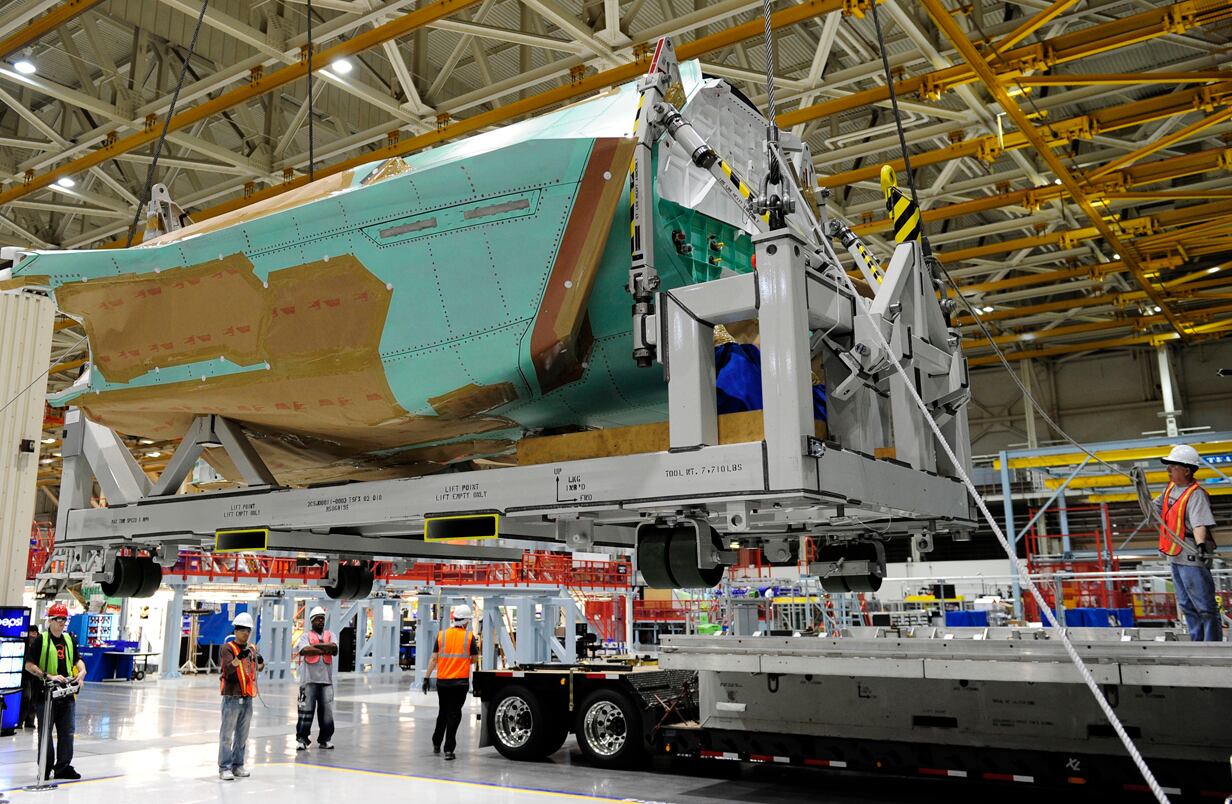WASHINGTON — The U.S. Defense Department’s deep dive into the F-35’s cost is officially underway, as a team of Pentagon officials works their way through the massive supply chain of the joint strike fighter, a top official said Monday.
The Pentagon knows how much it’s paying for the F-35, but the deep dive will help officials understand the true cost of the jet and why, as well as what can be done to whittle down the price tag even further, said Shay Assad, the department’s director of defense pricing.
Over the next several weeks, the assessment team will meet with the three major contractors on the F-35 — prime contractor Lockheed Martin, as well as BAE Systems and Northrop Grumman, which make major portions of the fuselage — and lay out the parameters of the review.
“Lockheed is familiar with this process because we’ve done it before with them, so this isn’t something new,” Assad said. “Many of the things we’re talking about are just practices that have occurred in the past, this will just be much more rigorous. So we’ll lay it out with the companies. And we’ll also lay out for them: Here’s our plan in terms of your subcontractor base, and this is what we want to do, and then get off and get the work done.”
The review will take about a year to complete.
“It’s a very intense effort,” he said.
RELATED

While Assad has a cost-savings target in mind, he declined to share that number, saying he wants to ensure it’s feasible before publicly releasing how much he will expect the price of F-35 production and sustainment to decrease.
“What are the opportunities and do they believe that they can realistically implement [them]? There’s no sense creating goals that are fiction. I don’t believe in that kind of stuff,” he said.
However, Assad noted that he thinks Lockheed can bring unit costs down even further than its current goal: an $80 million F-35A conventional takeoff and landing model by 2020.
“I think our view is we believe there is opportunity in the entire chain, from Lockheed Martin to Northrop to BAE to their subcontractors. We want to work with the companies collaboratively to get on that path for improvement,” he said.
Assad announced the deep-dive review in March, saying he hoped it would help the department learn where to de-layer the supply chain and push companies to invest their own funds on cost-cutting improvements to the manufacturing process.
RELATED

In September, Vice Adm. Mat Winter, head of the F-35 joint program office, said Assad’s work had already begun influencing the contract negotiations for an international block buy encompassing lots 12, 13 and 14.
“He continues to provide valuable information to the [program executive officer] to better inform my production negotiations with Lockheed Martin Aero,” Winter said. “You can read into that however you want. I can’t give you any more details on that right now.”
Valerie Insinna is Defense News' air warfare reporter. She previously worked the Navy/congressional beats for Defense Daily, which followed almost three years as a staff writer for National Defense Magazine. Prior to that, she worked as an editorial assistant for the Tokyo Shimbun’s Washington bureau.








